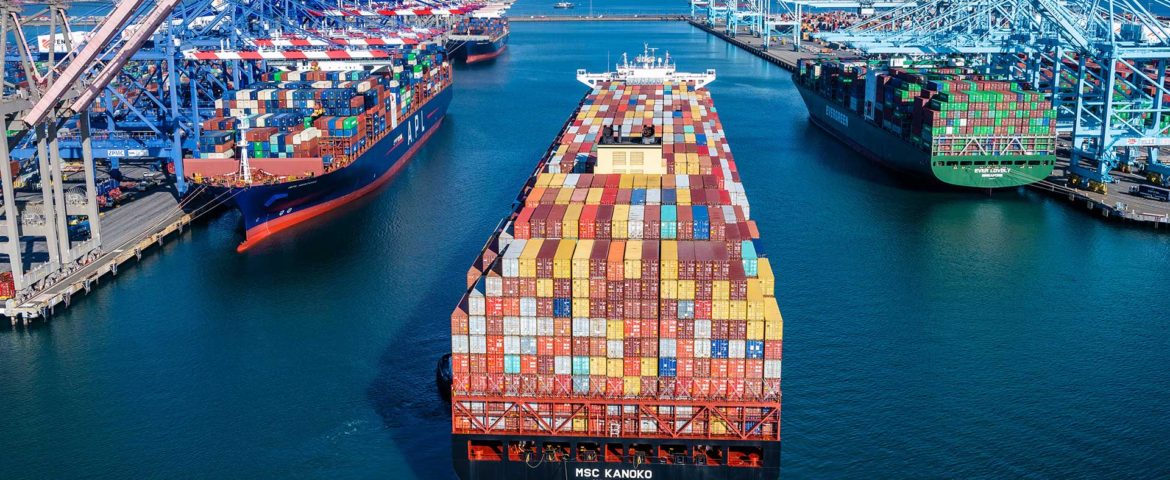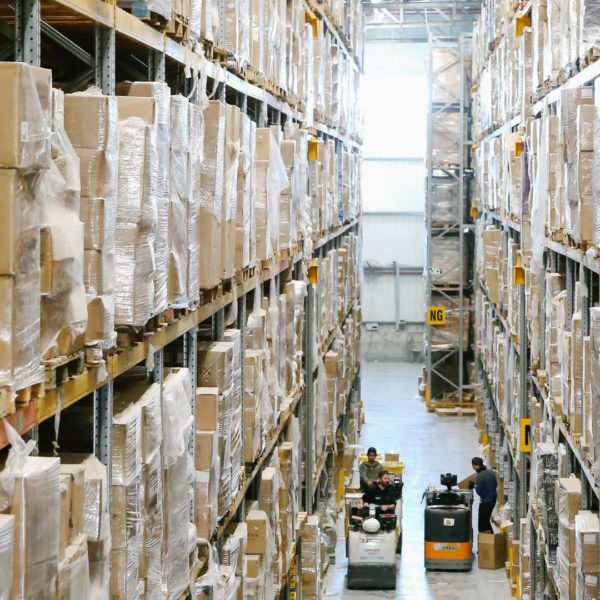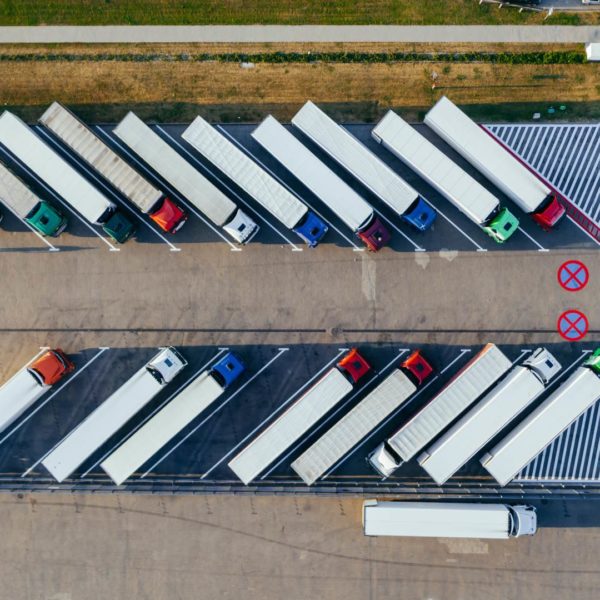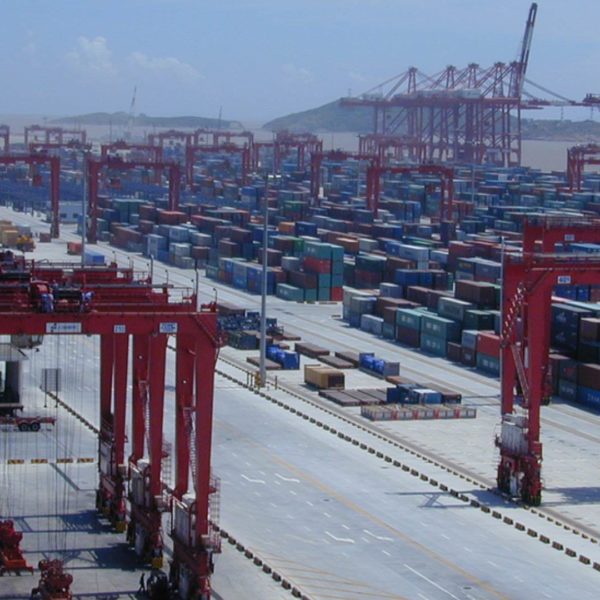Recently there has been publicity directed towards both the rail and maritime shipping industry addressing competition and questioning what measures can be taken to ensure that shippers have the best competitive market rates available to them in a record-breaking freight market.
Supply and Demand Market
Pricing from carriers to shippers and 3pls is heavily based on supply and demand. Particularly ocean and trucking, as freight volume dropped at the start of the pandemic, there were more truck drivers available than there was freight to move, which lowered trucking prices, now, the market has flipped, with more freight to move than truck drivers, which has led to prices being at historic highs.
While the maritime, rail, and air freight markets are less volatile, it is still heavily a supply and demand-based pricing model. With record consumer demand for products, freight volumes are predicted to stay at record levels for some time.
Ocean competition
During the mid-2000s, ocean carriers tried to undercut their competitors and gain volume by lowering prices, unfortunately, this left the industry in a massive rut when the 2008 financial crisis hit. Since then, rates have fluctuated up and down as markets varied, but more and more, carriers have been accused of collusion and setting a floor price.
In 2020, the FMC – the regulating body over the ocean carriers, made a statement regarding freight rates on trans pacific lanes, threatening legal action if carriers violated competition standards. In July of 2021, President Biden announced an executive order to address competition concerns within the ocean and rail industry.

But what’s really happening?
It’s heavily based on supply and demand, current demand for ocean freight to the US has skyrocketed in the last 12 months, following the awful second quarter of 2020 which saw most freight firms cancel sailings and flights due to lack of freight. Numerous ports have reported all-time record volume numbers.
Due to regulation, ocean carriers must publish tariffs before they go into effect, which creates an odd type of competition between carriers as they know what their competitors are doing. Carriers are continuing to cancel sailings in certain areas as well to maintain rate pressures.
Ports and ocean carriers are continuing to invest in capacity increasing projects such as larger ships or in the case of ports, larger cranes and dredging to allow larger vessels to access their facilities.
Ocean freight companies are faced with unpredictable fuel costs and the ever-present pressure of increased emissions regulations.
Ocean rates would likely quickly fall if freight demand dropped, but so long as consumer demand remains so elevated, expect ocean rates to remain high as well.
Rail Freight Competition
Rail freight is a different animal than ocean freight, theoretically, any ocean carrier can operate their ships on any route since of course, no one owns the ocean, and most large port complexes are owned by public port authorities. Railways, however, do own their own “roads”, with private companies privately funding the construction of railway lines crisscrossing the country from the mid-late 1800s. Many routes originally built have been abandoned as economic pressures have changed over the years, with a large number of small rail lines becoming unprofitable or simply not needed due to mergers.
For the most part BNSF trains only operate on BNSF track, etc, of course, there are exceptions with trackage and haulage agreements having been created as railways merged, but that’s not the focus of this article.
Open Access or reciprocal Switching
One proposal to address competition is so-called “ open access” or “reciprocal switching” both terms in essence mean that competing railroads would be allowed by law to serve customers on different railways tracks in an effort to increase competition since it is not feasible for “railroad B” to simply build a new track to a customer that only has one railroad connection.
Obviously, railways for the most part will and are pushing back against this significantly. But the logistics and practicalities of these arrangements would also leave a huge amount of details to work out, with much affecting safety. In addition, many times there isn’t a practical way to achieve a reciprocal arrangement, and the STB since laying out the possibility in 2016, has always had a specific proposed process that would be followed in order for a shipper to potentially gain a second shipping option.
For intermodal freight shipping, this is less of an issue, since tracks don’t typically go directly to a customer’s facility and there are at least two competing rail carriers on most lanes. With intermodal logistics, trucks are used for the first and last mile moves which allow shippers to simply route their freight via a competing rail line, which would only involve the trucks moving to and from a different rail terminal. Intermodal is also much more susceptible to over-the-road trucking competition, so if railroads were to increase rates, beyond certain points, shippers will just switch freight over to moving via trucks.
An alternative could be that better measures are put in place for captive shippers to be able to protest their freight rates to the STB, which could bring action to the offending railroad requiring it to reduce rates or allow for reciprocal switching.

KCS/CN Merger
The first major merger since the early 2000s could potentially be the merger between the Kansas City Southern, and potentially the Canadian National. While the move would be a great one for CN shareholders, as CN would become the only railway to span all USMCA/NAFTA countries, with a continuous single-owner railway line from Canada through the USA to Mexico.
Critics of the proposed merger quickly point out that shippers in certain regions would lose the ability to choose which railway they want to ship with, becoming captive to the pricing and rates of the new railroad, since certain lines of the KCS and CN are somewhat parallel from St Louis down to Texas/Louisana. These lines would which are currently owned by separate companies and provide for competition, would then be owned by a single entity.
What will happen?
In the case of the KCS/CN merger, it’s hard to speculate accurately, but with the Biden administration keeping a close eye on the competition, it’s likely the merger won’t get approved or if it does, will require the new company to sell of certain lines to preserve competition. It’s also possible that another merger partner is selected instead of CN, as prior to the CN bid for the KCS, the Canadian Pacific made a serious offer, but ultimately CN offered KCS a higher price per share. The combined CP/KCS system merger would be more likely to be approved by the STB as it doesn’t reduce competition, in the same way, the CN/KCS merger would since the CP and KCS railroads have no parallel routes.
In terms of general rail competition, rail is almost always a much more cost-effective and more environmentally friendly option than over-the-road trucking. Major rail carriers spend somewhere between 15-25% of TOPLINE revenue on capital investments including major maintenance projects and improving their rail system. Any regulation that could potentially cause railroads to decrease their level of capital investment would in the long run be a major negative for the public good as government and industry all try to create a more efficient and green supply chain network.
For ocean freight, the FMC will likely keep a closer eye on potentially uncompetitive actions, but regulation can’t outmaneuver supply and demand, and the fact remains that ocean freight volume remains sky-high and likely will so for the foreseeable future.
What does it mean for shippers?
In the near term, probably very little. Government is slow to act, and even if agencies were to start directing companies within the rail and ocean freight industry to change their practices, it would likely take years for the details of any new arrangements to be worked out, with massive pushback from multibillion-dollar firms and many lawsuits along the way.
It’s entirely possible that by the time actions had been started, the political climate could change. What is important to remember is that regardless of regulation, market demand is the real king when it comes to freight prices and industry trends. Just like with the greater economy, market forces are immensely powerful, and in the current shipping climate, there is just no end in sight to huge freight demand.
Shippers should plan ahead as best they can when it comes to freight volumes, and seek to work with multiple supply chain partners both as a way to make sure they are paying competitive rates and in an effort to build a more resilient supply chain. Mode diversification is also an important trend that will be carried forward into the coming years.
Want to incorporate intermodal into your supply chain? Contact Us
Let us know what you think about shipping competition!
Zmodal provides quick and easy door to door turnkey intermodal services with an integrated easy to use dashboard and around the clock customer support.
Zmodal is a top intermodal shipping company providing door-to-door intermodal, and full truckload services nationwide throughout our digital supply chain dashboard which provides easy route searching, booking, document management, and analytics. CONTACT US if you want to lower your supply chain costs or want access to North American intermodal capacity.
For further reading:



